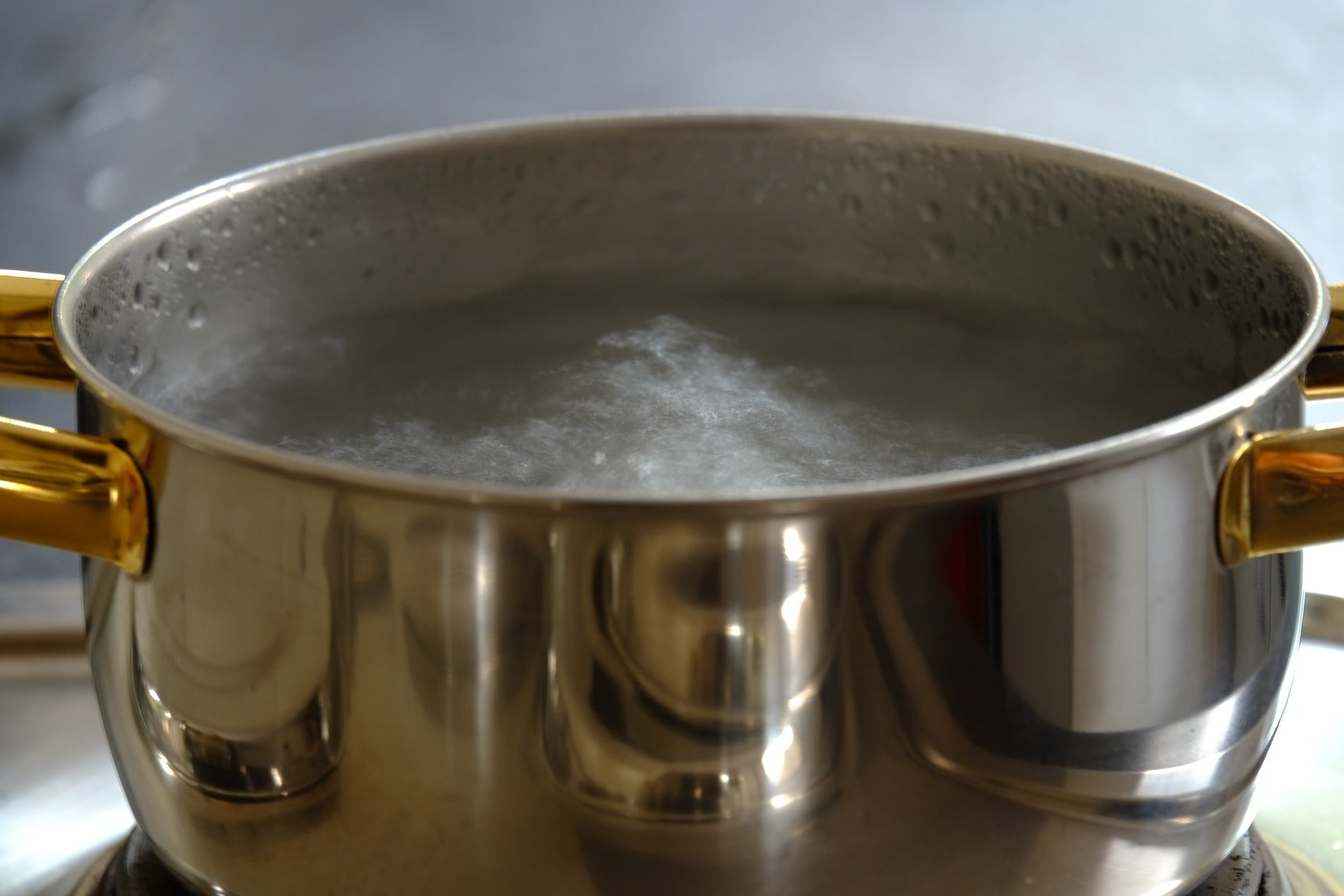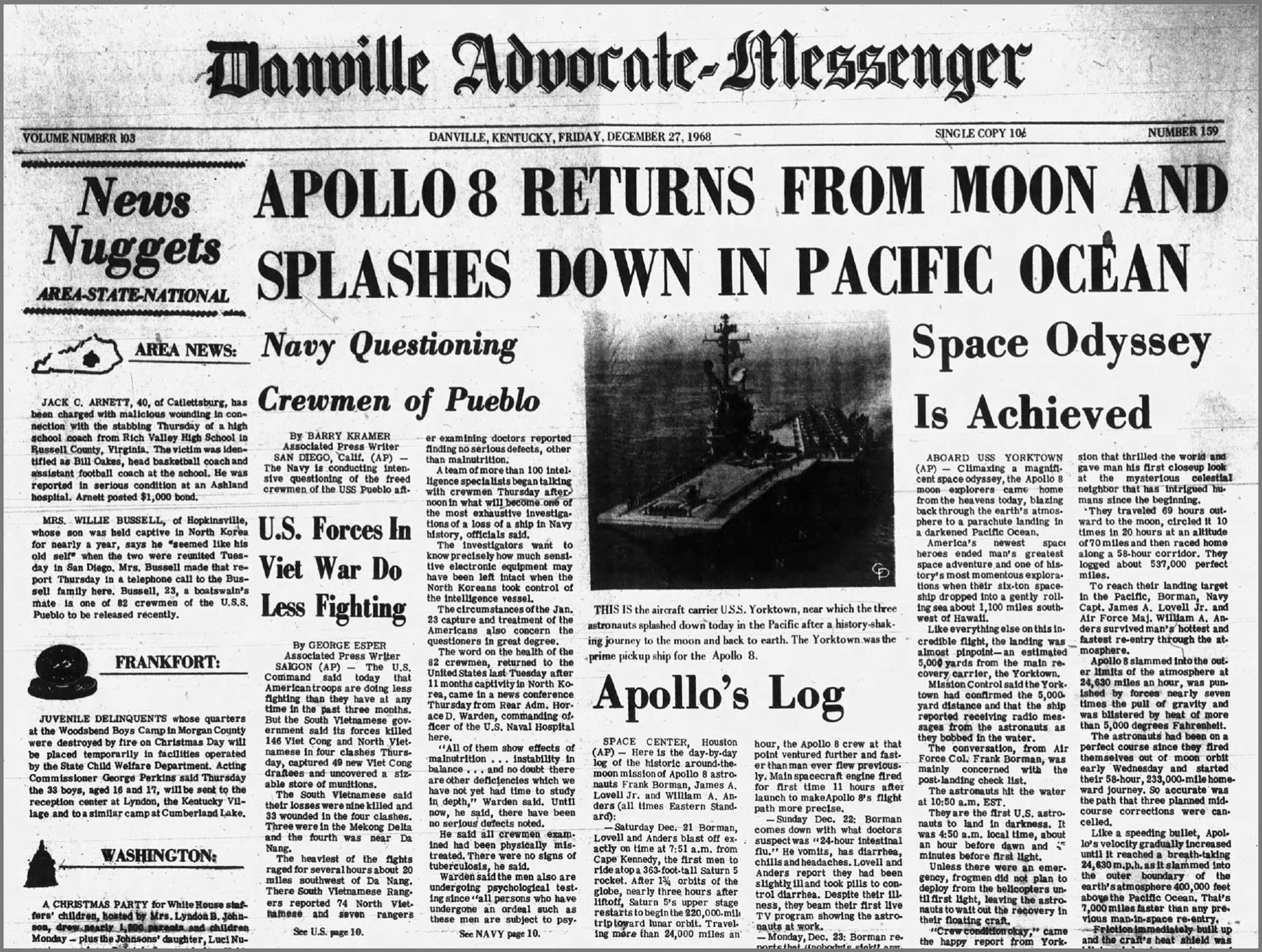Sous vide: Common cooking method taken to next level
Published 4:40 pm Tuesday, August 27, 2019

- Public domain
By ALETHEA PRICE
Boyle County Extension Agent for Family and Consumer Sciences
Kitchen gadgets are quickly becoming one of my favorite things to learn about. Sure I don’t always run out and buy the newest thing, I’d have quite the collection if I did. Check out this gadget that takes a common cooking method to a whole new level.
Sous vide (pronounced sue veed) is a French word meaning ‘under vacuum.’ It is a way of cooking food sealed in an airtight bag under water. The water is temperature-controlled (and circulated in some instances), so the food cooks slowly and evenly at a constant temperature of your choice.
Meats and vegetables are best for cooking sous vide because they can withstand a long cook time. Meats typically cook several hours at temperatures between 130 degrees Fahrenheit to 140 degrees Fahrenheit. Vegetables cook for shorter periods of time at higher temperatures between 170 degrees Fahrenheit to 180 degrees Fahrenheit. Seafood does not do well using the sous vide method as the long cook time in the airtight bag tends to result in a mushy product.
No burner or stove top is required. However, you do need an electric outlet and equipment specifically designed for this type of cooking. A sous vide machine, or immersion cooker as they are commonly referred to, is a must. It is a tubular-shaped device that uses a heated metal coil to control water temperature. It attaches to the side of the pot.
Some immersion cookers are capable of circulating the water in addition to heating it. This is a great feature, but increases the cost of the unit. Food-grade, plastic zipper freezer bags are also a must. A vacuum sealer is not required, but in some cases, produces a better result.
Lastly, you need a pot to hold the water. Any pot or large container will work. Just make sure it will hold enough water to cover the product you are cooking.
There are numerous benefits to sous vide cooking. One of the most obvious is that your food is never overcooked, since it is not possible for the food to exceed the temperature of the water bath. With sous vide cooking, foods retain flavor and their natural juices. Foods are cooked and ready to eat right out of the water bath.
But, most foods, meats especially, are better when they’ve been seared afterward on a grill, or in a hot skillet to create crispness and color.
Sous vide cooking is also low maintenance. Much like a slow cooker, food can cook while you concentrate on other parts of the meal.
But, along with the benefits come potential food safety hazards. Meat and vegetables should always be thawed properly before cooking, and the prescribed cooking times and temperatures for each machine should be followed in order to avoid potentially dangerous bacteria in the food.
Sous vide equipment is not as expensive as you might think. There are basic versions for less than $100. However, you must weigh the options of cost and usage.
Each sous vide machine comes with an operator manual. Be sure to read through all the material before you start. The manuals contain valuable information on how to prep your food, seal and cook it. Time and temperature charts are included for reference, as well as tips for seasoning and floating bags.
For more information email me at a.price@uky.edu.






